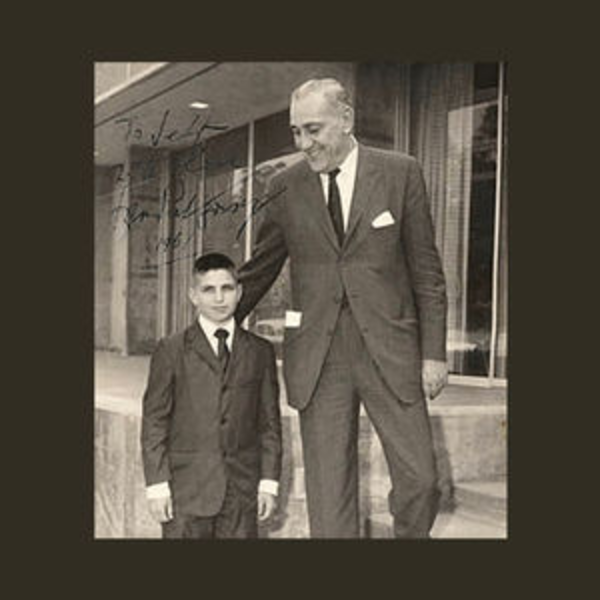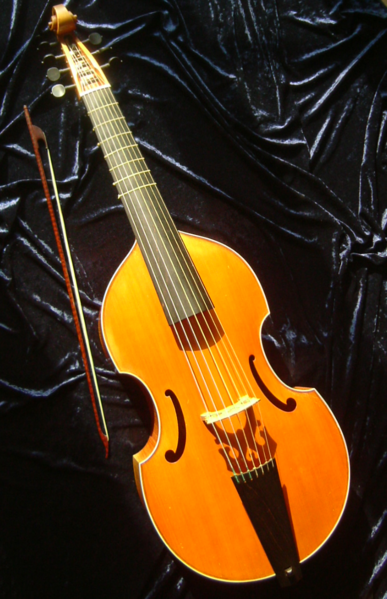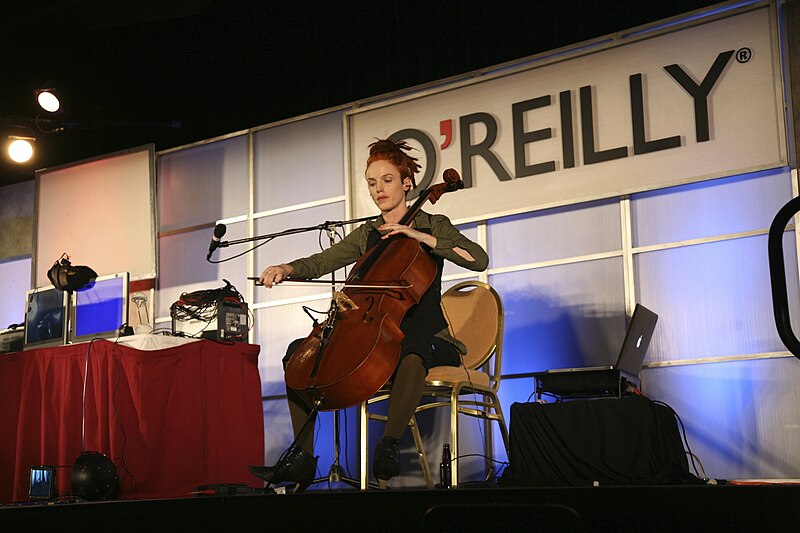
Beyond the Notes presents
Unaccompanied Cello from Bach to the Grateful Dead
Wednesday, February 21, 2024, 12:00 PM
Charles Library Event Space
Light refreshments served. Boyer recital credit given.
All programs are free and open to all, and registration is encouraged.

teacher, Gregor Piatigorsky
The cello, with its rich and varied timbre, has captivated audiences for centuries. Originating from the early 16th century, it has evolved to become one of the most versatile and beloved instruments in the musical world. Its enduring popularity transcends classical boundaries, finding its place in diverse genres ranging from jazz to rock, folk to pop. In honor of Boyer Professor of Music Jeffrey Solow‘s upcoming Between the Notes concert celebrating the cello as a solo instrument, we’ll delve into the origins of the cello, its remarkable adaptability across musical styles, and the theories behind its enduring allure.

The cello, short for violoncello, emerged as a member of the violin family during the late Renaissance period. It evolved from earlier bowed string instruments, such as the viola da gamba, and gained prominence in the Baroque era, particularly in the works of composers like Bach and Vivaldi. With its deep, resonant sound and versatile range, the cello quickly established itself as an essential component of classical orchestras and chamber ensembles.
Beyond Classical: The Cello’s Versatility
Despite its classical roots, the cello has journeyed far beyond the confines of traditional orchestral settings, making its mark in a plethora of non-classical genres. Let’s take a closer look at some specific examples of how the cello has been used in different musical styles:
Jazz: The cello’s warm and resonant tones find a natural home in the world of jazz. Take, for instance, the music of cellist Jacques Morelenbaum. His unique spin on Brazilian Bossa Nova music weaves the cello through the more traditional guitar and bass parts, adding a layer of depth on tunes like “Você e Eu” and “Coração Vagabundo.”

Folk and World Music: The cello’s versatility shines in folk and world music traditions, where it adds an earthy depth to traditional tunes. In Yo-Yo Ma and the Silk Road Ensemble‘s album “Sing Me Home,” the cello takes center stage alongside a diverse array of instruments from around the globe. Tracks like “Going Home” blend Eastern and Western musical elements, combining an adapted version of Dvorak’s famous American-inspired tune with banjo and traditional Chinese instruments.
Pop and Rock: In the realm of pop and rock music, the cello has been elevated from a supporting role to a featured instrument in its own right. Apocalyptica, a Finnish cello metal band, has garnered international acclaim for their electrifying covers of songs by bands like Metallica and Slayer. “Nothing Else Matters,” from their album “Plays Metallica by Four Cellos” showcases the cello’s versatility in delivering powerful riffs and driving rhythms alongside more melodic and tuneful moments.

source: https://commons.wikimedia.org/wiki/File:Zo%C3%AB_Keating_-eTech_2009-_2.jpg
Experimental and Avant-Garde: The cello’s expressive capabilities are further explored in experimental and avant-garde music, where artists push the boundaries of traditional composition and performance. In Zoe Keating‘s album “One Cello x 16: Natoma,” she employs looping and electronic effects to create intricate layers of sound, transforming the cello into a one-woman orchestra. Tracks like “Escape Artist” and “Optimist” demonstrate the instrument’s limitless potential for innovation and experimentation.
Theories Behind the Cello’s Popularity
What is it about the cello that makes it so appealing across such diverse musical landscapes? It is hard to cite one reason, but one common anecdotal sentiment is the cello’s timbre, which is often described as being closest to the human voice. While there is little direct evidence to support this claim, several attempts have been made to analyze the specific reason for this common observation. In her master’s thesis, cellist and singer Kim Worley points to the cello’s ability to emulate the vibrato, portamento, and dynamic changes common in vocal technique. A broader study of the “Voicelikeness” of musical instruments by Emery Schubert and Joe Wolfe found comparisons to the voice with many different instruments, including the flute, trombone, and cello, but concluded that no one instrument is clearly voicelike.
From its origins in the Renaissance to its modern-day prominence across musical genres, the cello continues to captivate listeners with its timeless resonance and emotional depth. Whether performing a stirring concerto or improvising in a jazz club, the cello remains a symbol of artistic expression and musical innovation. Whatever the reason, its enduring popularity serves as a testament to the multitude of expressive possibilities contained within an instrument.
Suggested Reading:
Isserlis, Steven. The Bach Cello Suites: A Companion. London: Faber, 2021. https://librarysearch.temple.edu/catalog/991038024183603811.
Markevitch, Dimitry. The Solo Cello : A Bibliography of the Unaccompanied Violoncello Literature. Berkeley, California: Fallen Leaf Press, 1989. https://librarysearch.temple.edu/catalog/991025058359703811.
Piatigorsky, Gregor. Cellist. Garden City, N.Y.: Doubleday, 1965. https://librarysearch.temple.edu/catalog/991005589009703811.
Prieto, Carlos. The Adventures of a Cello. Translated by Elena C. Murray. Austin: University of Texas Press, 2006. https://librarysearch.temple.edu/catalog/991013982139703811.
Siblin, Eric. The Cello Suites : J.S. Bach, Pablo Casals, and the Search for a Baroque Masterpiece. New York, N.Y.: Atlantic Monthly Press, 2009. https://librarysearch.temple.edu/catalog/991000716899703811.
Stowell, Robin, ed. The Cambridge Companion to the Cello. Cambridge, New York: Cambridge University Press, 1999. https://librarysearch.temple.edu/catalog/991011218989703811.
Winold, Allen. Bach’s Cello Suites : Analyses and Explorations. Bloomington: Indiana University Press, 2007. https://librarysearch.temple.edu/catalog/991026139089703811.
By Dan Maguire